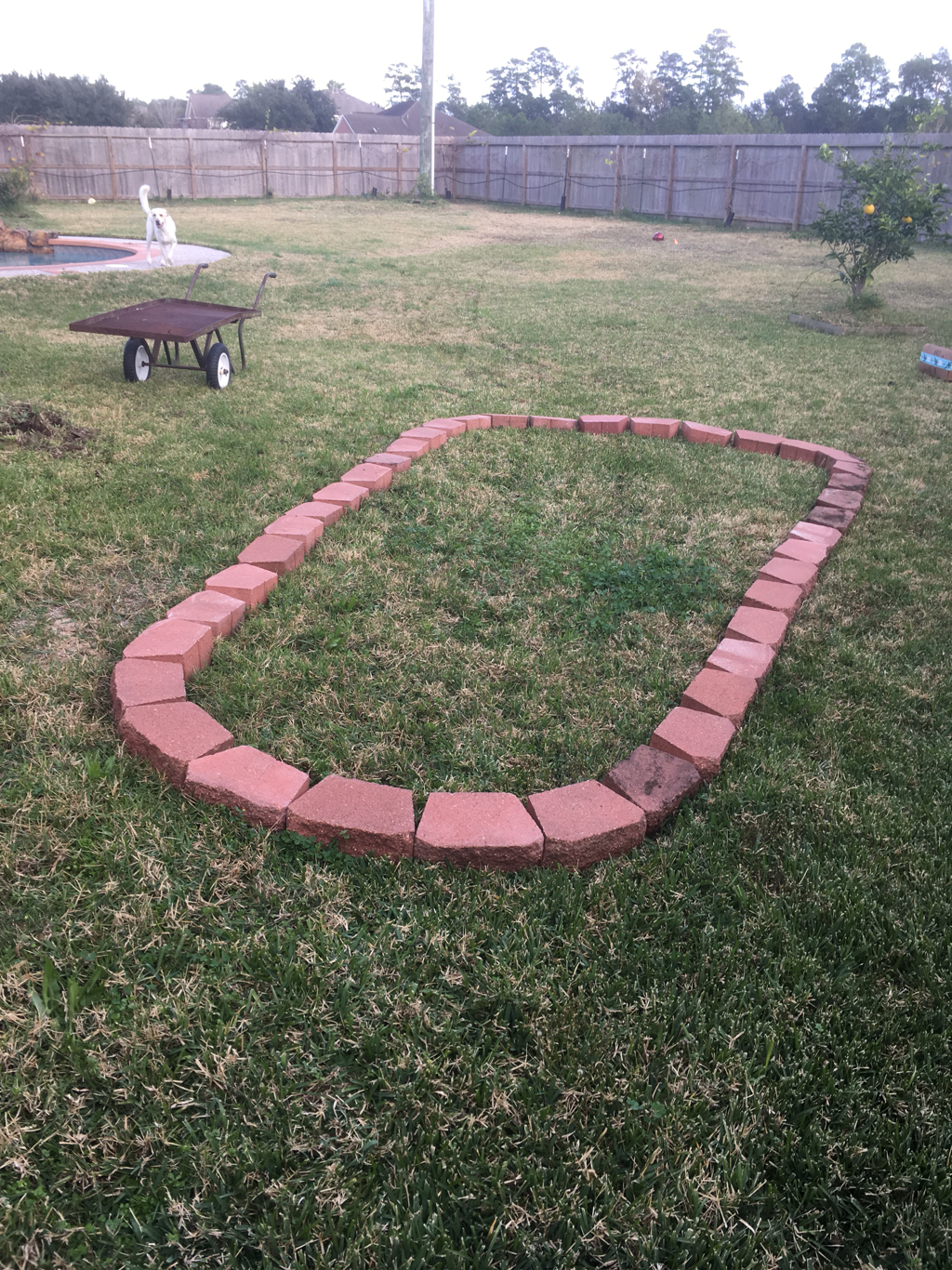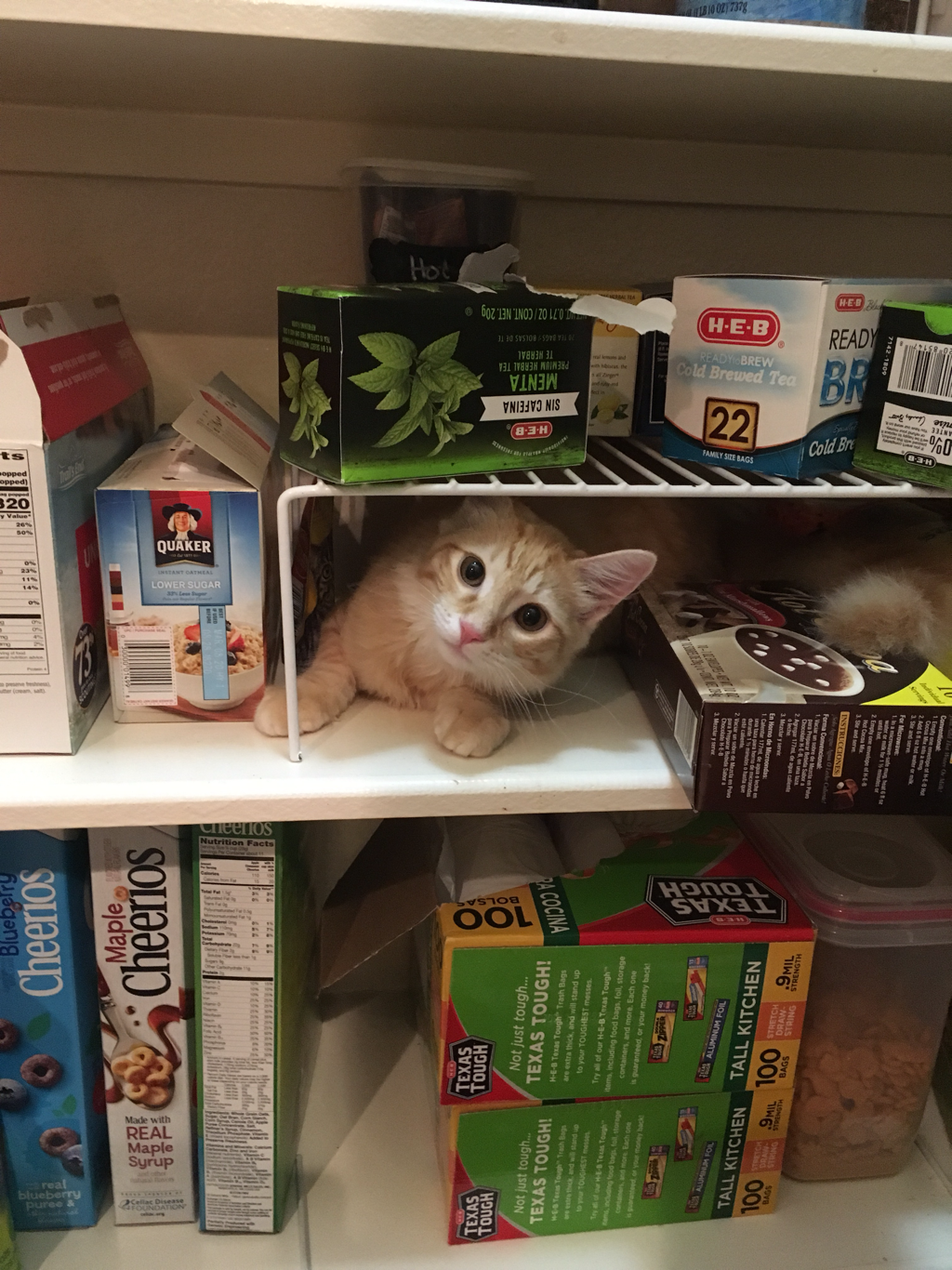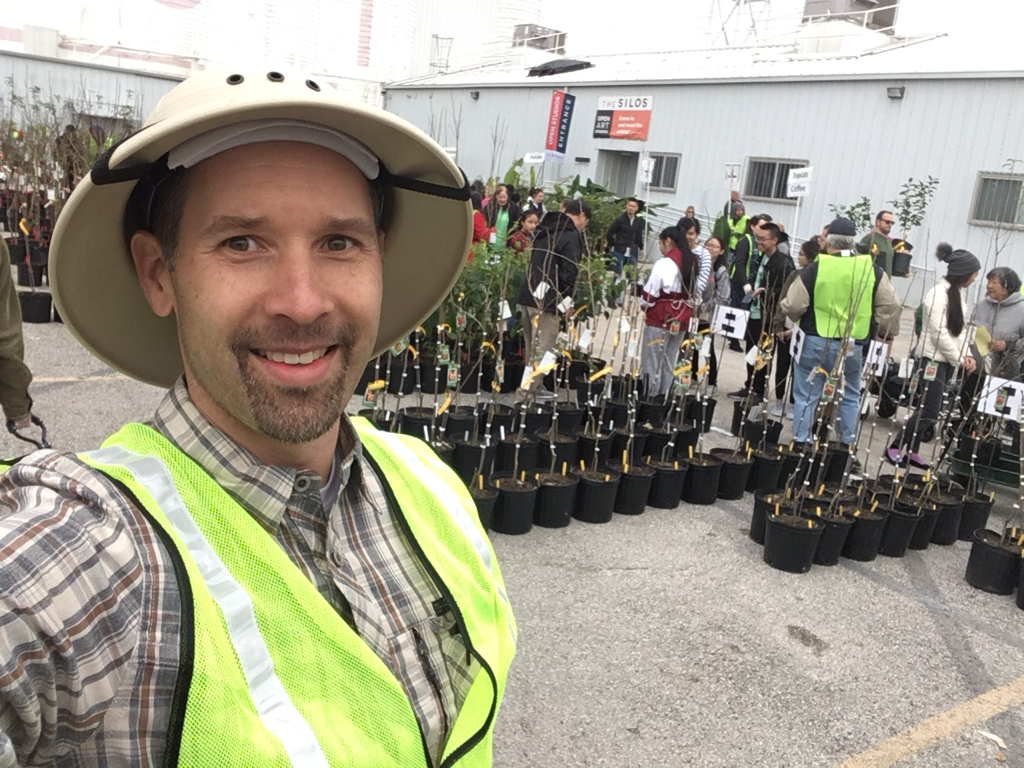First step - prepare the pepper patch. Since I’m on vacation this week, I plan on investing the time to really set things up right - running dedicated water lines, laying down several layers of cardboard to smother the grass, and bringing in my one surviving habanero plant to overwinter. Once set up, my plan is to start a bunch of hot pepper seedlings indoors in January, grow the best crop of peppers I can, and recreate the amazing tongue-sizzling hell of Satan’s Mustard!
|
Many years ago I grew a ton of habaneros, jalapeños, and cayennes, and made the best hot sauce I’ve ever had with them. It was really hot though, so hot that a friend of ours called it “Satan’s Mustard”. I loved that name, and really enjoyed eating and sharing the sauce with friends and family. As I was eating dinner the other night, I found myself wishing I still had some of that amazingly-flavored fire power to punch up recipes, so I decided to make some more.
First step - prepare the pepper patch. Since I’m on vacation this week, I plan on investing the time to really set things up right - running dedicated water lines, laying down several layers of cardboard to smother the grass, and bringing in my one surviving habanero plant to overwinter. Once set up, my plan is to start a bunch of hot pepper seedlings indoors in January, grow the best crop of peppers I can, and recreate the amazing tongue-sizzling hell of Satan’s Mustard!
0 Comments
Leave a Reply. |
Clayton Bell
I'm a geologist in Houston, Texas who loves growing fruit trees.
Categories
All
Archives
March 2020
This website and its content is copyright of J. Clayton Bell - © J. Clayton Bell 2010-2020. All rights reserved. |





